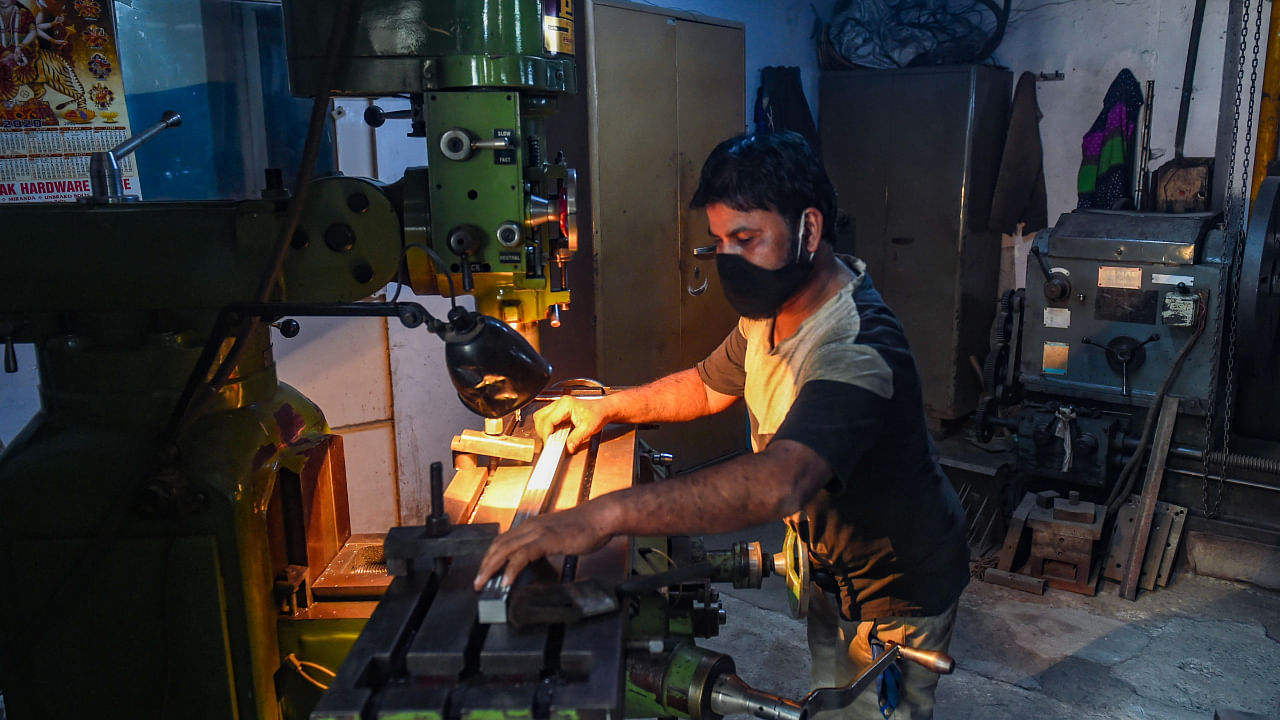
The number of people caught up in forced labour or forced marriages ballooned by 10 million between 2016 and 2021. In other words, one out of every 150 people in the world is caught up in modern forms of slavery, says a latest International Labour Organization (ILO) report, Global Estimate of Forced Labour.
According to the ILO report, migrant workers are more than three times as likely to be affected by this form of slavery. The report further estimates that there are 22 million people in forced marriages—more than two-thirds of them women—and many of the victims are under 15 when the marriage takes place, putting them at greater risk of sexual exploitation and violence. The overwhelming majority of forced marriages (more than 85 per cent) were driven by family pressure, with most cases occurring in Asia and the Pacific and across the Arab states. With this global picture coming to light, it is extremely important to understand: how, why, and what makes India most vulnerable to this modern day slavery, particularly in the context of forced marriage?
The data of the fourth Periodic Labour Force Survey (PLFS), 2022, released by the National Statistical Office (NSO), the government of India estimates that the migration rate in the country is at 28.9 per cent. This figure is concerning as female migration is much higher (81.1 per cent) than male (18.8 per cent) and the main reason for migration is found to be “marriage”.
Further, the latest National Family Health survey (NFFHS-5, 2022) data gives more clarity on why India is most vulnerable to child marriage (forced marriage)? As per NFHS-5 data, 48 per cent of girls with no education were married below 18 years of age, as compared to only 4 per cent among those who attained higher education.
The analysis of the NFHS-5 further shows that a staggering 40 per cent of the girls from the lowest quintile were married before they turned 18 years of age. The NFHS-5 data further says that eight Indian states have a higher prevalence of child marriage than the national average. Among them, West Bengal, Bihar, and Tripura top the list with more than 40 per cent of women aged 20–24 years married below 18, and the other five states include Jharkhand, Assam, Andhra Pradesh, Rajasthan, and Telangana. One can link the indicators of the ILO’s Global Estimate of Forced Labour report data, which shows fears that migrant girls are most vulnerable to forced slavery globally.
As per a poll conducted by UNICEF on International Women’s Day 2022, it was reported that at least 38 per cent of respondents knew of a girl who had dropped out of school. While 33 per cent of respondents said that the girls who had dropped out of school were engaged in domestic work, and 25 per cent of respondents reported that the girls who had dropped out had gotten married.
According to the Unified District Information System for Education Plus (UDISE+) 2020–21, the annual dropout rate for secondary level education in India stands at 14.6 per cent. The figure for dropouts at the secondary level was as high as 17 per cent and UDISE+ says that the Gross Enrolment Ratio of girls decreased from 96.72 in elementary classes to 76.93 in secondary classes and to 50.84 in higher secondary classes.
According to the Indian education ministry, “school closures in India affect 320 million children enrolled from primary to tertiary levels of education. It has been estimated that of these, about 158 million are girls”. The panel has recommended government incentives to encourage more girls to continue their schooling and learning with measures like targeted scholarships, conditional cash transfers, provision of bicycles, access to smart phones and hostel facilities. It suggested urgent and concerted efforts to mobilise the return of girls students to schools and sustain their regular attendance. So far, there is no news or data from the government on what steps were taken to get these children back to school, as this group will be the most vulnerable to being moved into forced slavery or forced marriage.
Every single data point, whether it is government, UN or civil society organisations, leads to one conclusion: India is most vulnerable to forced slavery, particularly in the context of forced marriage/child marriage. This situation can be avoided, particularly by the efforts of state and central governments, civil society organisations and media, through a new policy on bringing back girls who dropped out of schools back in to the education system as a priority.
(The writer is Director, AF Development Care (AFDC), New Delhi)